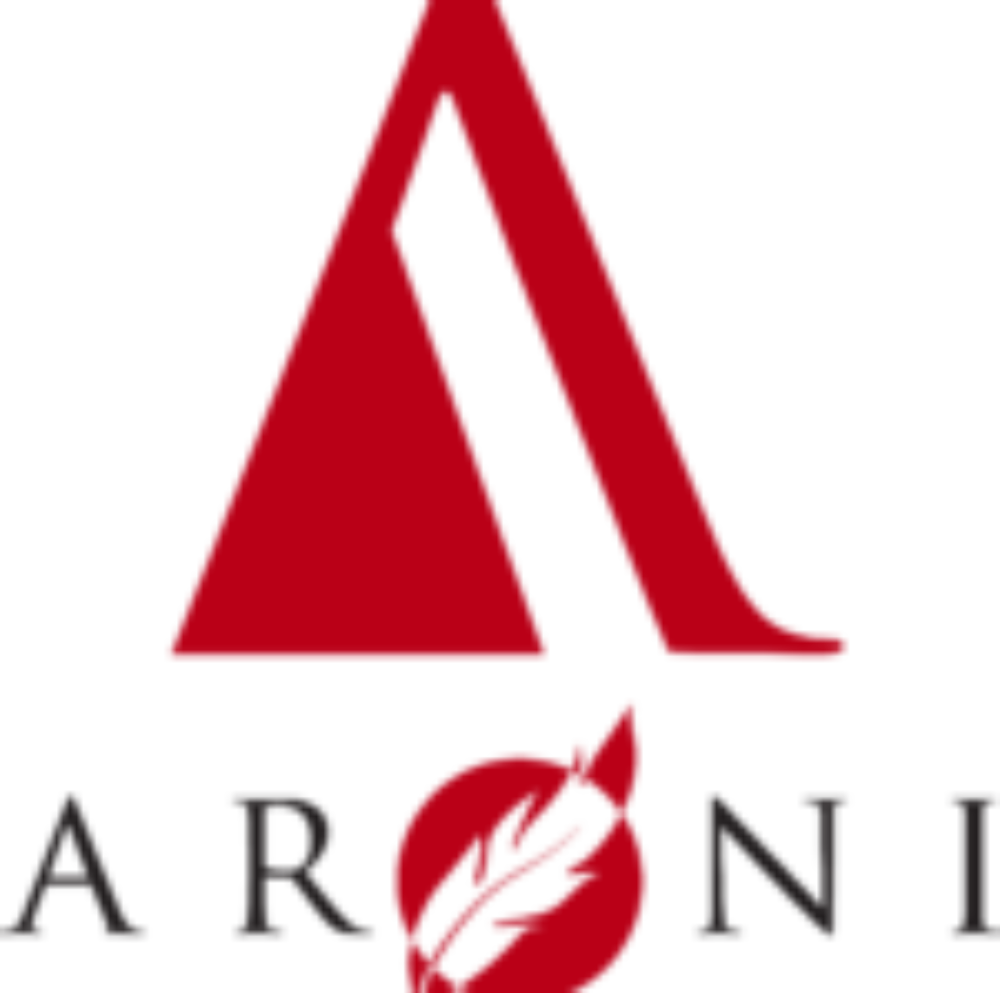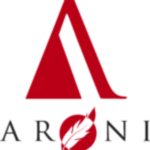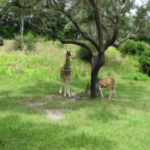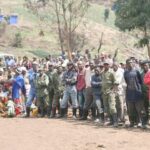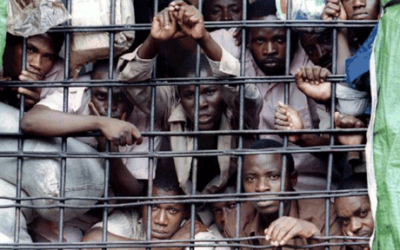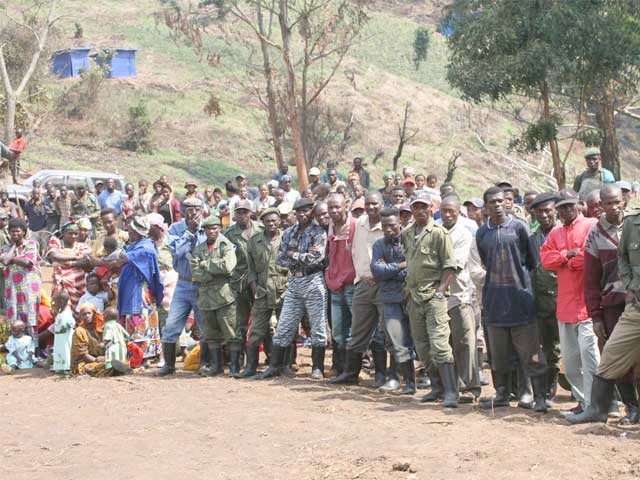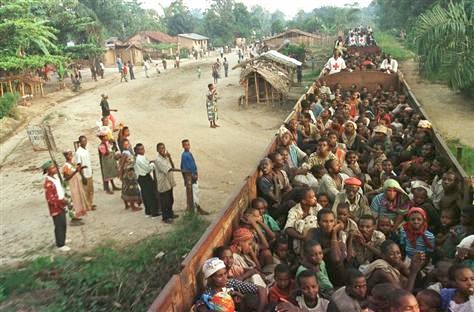In Rwanda, it is hard enough to be a Hutu, a homeless person, and undocumented. But that is only the beginning of the misery in the country run by one of the most repressive regimes in Africa. Ethnic Hutu kids who find themselves in that situation or adult ethnic Hutus suspected of political dissent are sure to end up on the isolate, rough, and almost inhabitable island in the middle of Lake Kivu. Lake Kivu spans the border with the Democratic Republic of the Congo (DRC). The rugged island of Iwawa, the conditions in which live the Hutu prisoners, the majority of which are barely teenagers, and the harsh treatment and indoctrination forced on the kids is a strike reminder of a similar system chronicled decades ago: the Soviet Gulag.
From 1921 to 1953, the Soviet Union ran a vicious system called the Gulag or The Chief Administration of Corrective Labor Camps and Colonies. It was the government agency that administered one of several forced labor camps. The camps housed various convicts from petty criminals to political prisoners. The Gulag was used as one of the most effective instrument of repression in the Soviet Union. The most infamous and harshest complexes were hidden in arctic or subarctic regions until Alexander Solzhenitsyn disclosed the secret of their location in his 1973 book, the Gulag Archipelego, or the Gulag Chain of Islands.
Fast forward more than 90 years. The Rwandan Patriotic Front regime, a repressive system set up by a junta of Tutsi extremists, is emulating the Russian model with perfection. Hutu kids and political dissenters are kidnapped, led to the island in the cover of the night, and submitted to forced labor and indoctrination in the most abject conditions. Relatives and parents never know what happened to their siblings, kids, or relative. They assume the worst, mourn in secret -let they will be next- and move on with their usual life of oppression. Meanwhile, the Rwandan political machine works the adults to death and recruits the graduating kids into various proxy militias fighting in the Democratic Republic of the Congo, or as the militiamen of the notorious Local Defense Units and RPF militias called Indatwa, or to exploit coltan, gold, and timber in the Congolese jungles.
That is the life of political dissenters or poor Hutus in Rwanda.
The slave camps of Iwawa followed another controversial program initiated by the Rwandan Ministry of Health. In late June 2009, the Rwanda government introduced the so called “Reproductive Health Bill” to the Rwandan Parliament. The main purpose of the bill was to legalize the forceful sterilization of people judged mentally handicapped, ill, or unstable. According to people in the Rwandan government who had disclosed the information to AfroAmerica Network, the bill was to target basically anyone deemed having behaviors not falling within the norms. Apart from the obvious violation of basic human rights, another major problem of the bill was to determine what these norms could be ( Our July 3, 2009 article the Bill may be found here ). Human Rights Watch, a US based human rights organization, denounced the bill in their July 1st, 2009 statement (Read it here). After we published our article and faced with the roaring outcry around the World, the Rwandan government started rounding up those meeting the criteria, loaded them on the military trucks and boats, and led them to the Iwawa island, the Rwandan Gulag.
Felicien Kanyamibwa, PhD.
©AfroAmerica Network, May 2010
